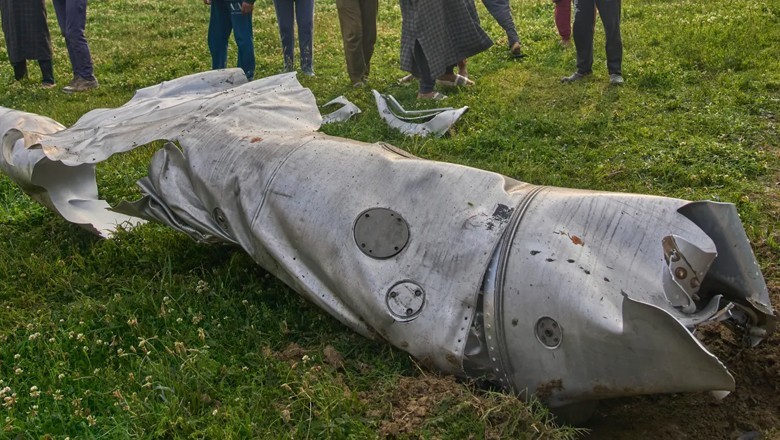Human Metapneumovirus detected in Pakistan since 2001: NIH

web desk
|
4 Jan 2025
Human Metapneumovirus (HMPV), a respiratory virus that has recently caused concern due to an outbreak in China, has been circulating in Pakistan for at least two decades, federal health authorities revealed on Saturday.
The virus was first detected in Pakistan in 2001 and has since caused several outbreaks, primarily affecting children.
An official from the National Institute of Health (NIH) Islamabad told local media that "Human Metapneumovirus was first identified in Pakistan in 2001, and outbreaks have been reported since then."
No Need for Panic Over Reports from China
Despite the recent news of HMPV spreading in China, NIH officials urged the public to remain calm. They emphasized that Pakistan is currently dealing with a seasonal influenza outbreak, including both Influenza A and B.
"People should focus on precautionary measures like regular hand-washing and proper coughing etiquette to avoid contracting viral illnesses," the NIH official advised.
The National Command and Operation Centre (NCOC) is scheduled to discuss the situation in an upcoming meeting on Tuesday, while Border Health Services (BHS) remains on high alert at all entry points to monitor potential cases.
Preparedness in Pakistan
Since HMPV has been circulating in Pakistan for years, the country is equipped to handle it. The NIH official confirmed that Pakistan has the necessary detection kits and expertise to identify all HMPV genotypes.
However, no new samples from health facilities have been reported as of now.
Commenting on the outbreak in China, the NIH expert explained that children born during the strict COVID-19 lockdowns may have been less exposed to common pathogens, making them more vulnerable to severe illness when exposed to new viruses.
A Look at Past HMPV Studies in Pakistan
A 2015 study at PIMS in Islamabad explored the prevalence, genetic diversity, and seasonality of HMPV among children under five with severe acute respiratory infections (SARI). T
he study found that 16.5% of 127 throat swabs tested positive for HMPV, with the most common strain being Genotype B2, followed by A2b, A2a, and B1. The study also noted that HMPV cases tended to peak during the winter months, particularly in November and December, and presented with symptoms such as cough, wheezing, fever, and difficulty breathing.
Severe cases often required hospitalization due to lung infiltrations.
The research also revealed genetic similarities between HMPV strains found in Pakistan, India, China, and Singapore. Experts have called for expanded surveillance and multi-year studies to better understand the virus’s seasonality and clinical impact.
Seasonal Influenza a Bigger Concern
Currently, Pakistan is facing a rise in seasonal influenza cases, with both Influenza A and B spreading throughout the country.
These strains of flu are causing symptoms that can lead to severe illness, especially in children, the elderly, pregnant women, and those with weakened immune systems.
The NIH has urged the public to adopt preventive measures and seek timely medical attention if symptoms appear.












Comments
0 comment